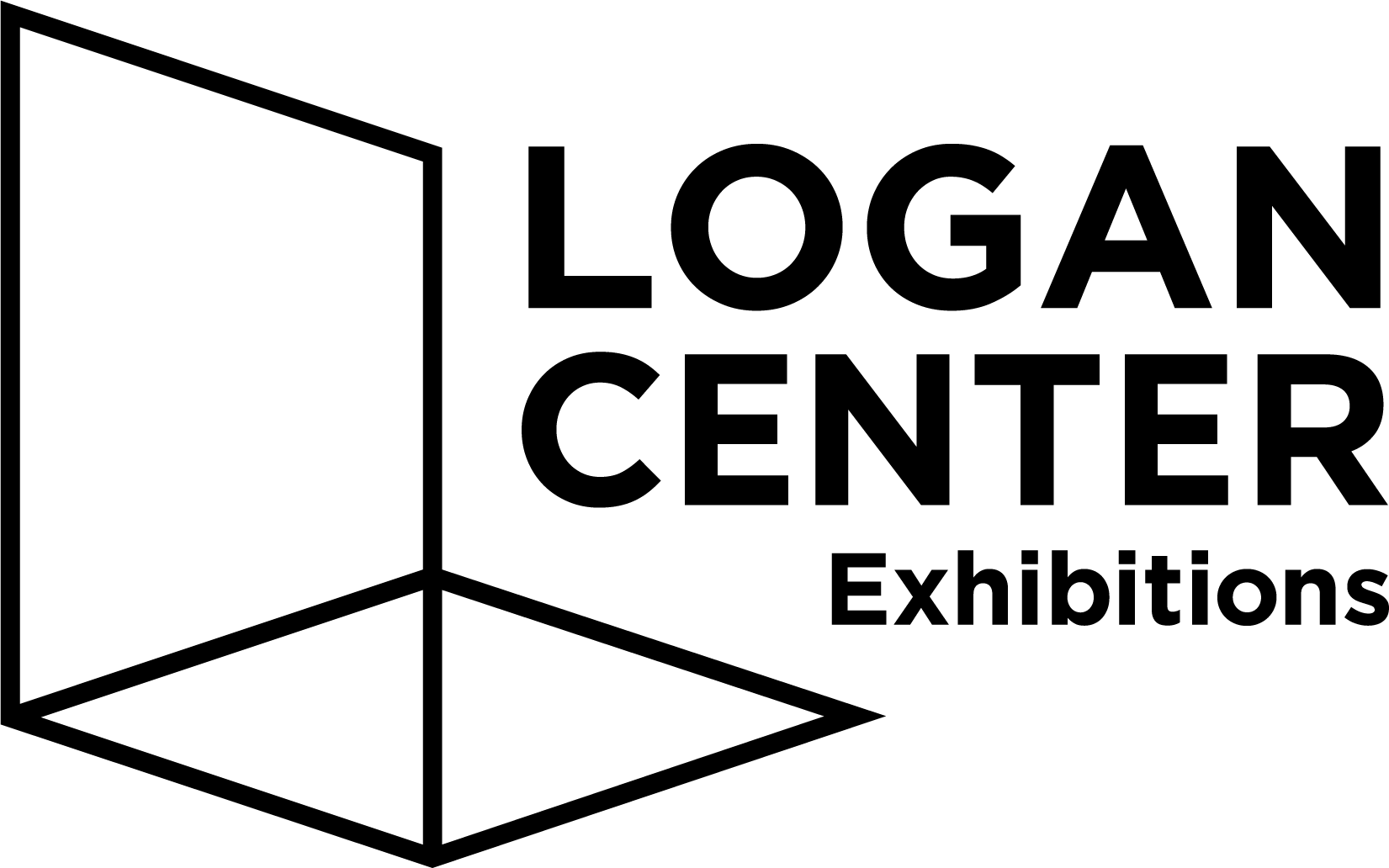natalie jenkins
I am interested in artmaking as measurement. Though measurement most commonly refers to the quantification or calculation of the attributes of an object, I am looking towards measurement as a means to capture and describe the indescribable phenomena of the natural world. This kind of thinking is inherent to all of us — our experiences with the great outdoors are not those of quantitative judgment, but of psychic impression. But what exactly is the natural world? And how can we express the experiential shape of the wild? Can we even make a distinction between human subjects and nature as a set of objects deserving of consideration? Can everything done by humans be natural?
To ask these questions, I turn to the act of measurement — to artmaking, to sculptural (re)production. This phenomenological appraisal both collapses and creates the distance between human and the outside, marking the space between you, me, and the ecologies between us. It is a useful tool for imitating the metaphysical dimension of existing on the earth. Simultaneously, the messiness and fallibility of measurement creates human-environment entanglements ripe for exploration: the slippage between the natural and the unnatural, the human and the animal, the real and imagined, the artificial and the authentic.
I find myself reconstructing scenes of the land I know best through sculptures, miniatures, and abstracted replicas. My works often use materials familiar to the places I’ve loved, including sand, stone, plant matter, and industrial refuse. I enjoy showing my hand through my work — I want to manipulate materials to make perverted or warped skeuomorphs of (un)natural things. I want to dioramize the scenes of my life and taxidermize the feeling of the wilderness in displays like the ones lining the halls at natural history museums. To me, this is measurement. I am able to recount the psychogenic shadow of a landscape in a moment of sculptural reproduction. I know I can’t truly recreate or describe nature, but that doesn’t matter. It is the sensation that lingers.
There are places and impressions that will never leave us, no matter how unlike the original fact of the moment. I’m recording my own contact with the environment through interpretive scenes of the artificial organic realities I’ve lived in. It’s the perfect exercise in remembering. Every day, we reconsider the juncture between the world and our bodies experiencing it: how many steps did I take? How many bugs were squashed beneath my feet? How did I feel with the sun on my face? How did the smoggy air taste in my throat? How did the ocean cool my burning skin? How quickly can I escape the heat? How long until my house burns down? How much better is this than everything else?
what is prickly pear supposed to taste like?, 2024. insulation foam, sand, wood, bucket, 72" x 50" x 48", Photo by Bob.
how to calculate the weight of a rock, 2024. stone, insulation foam, string, aluminum, 148" x 134" , Photo by Bob.
how to calculate the weight of a rock, 2024. stone, insulation foam, string, aluminum, 148" x 134" , Photo by Bob. | 089_BA-Thesis-2024_high-res and 087_BA-Thesis-2024_high-res - grid application system, 2024. wood, bark, rice paper, string, wax, 44.5" x 48", Photo by Bob.
grid application system, 2024. wood, bark, rice paper, string, wax, 44.5" x 48", Photo by Bob.
grid application system, 2024. wood, bark, rice paper, string, wax, 44.5" x 48", Photo by Bob.
sailing stone, 2023. stone, clay, wood, 36"x8"x10", photo courtesy of artist.
sailing stone, 2023. stone, clay, wood, 36"x8"x10", photo courtesy of artist.







